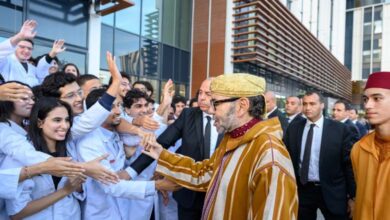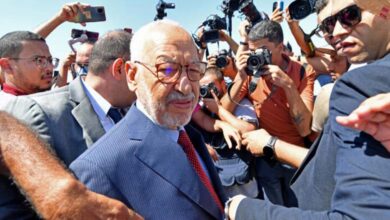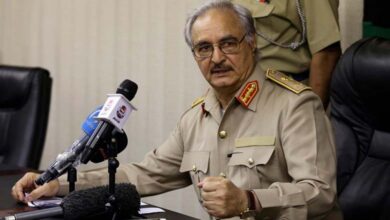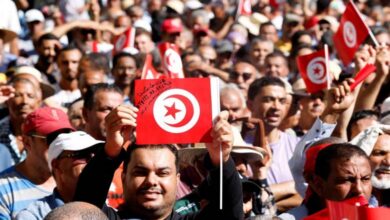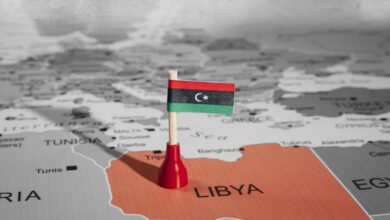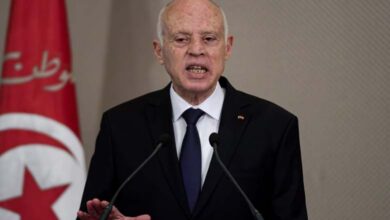A National March Protecting Sovereignty and Unity: From Hassan II to Mohammed VI
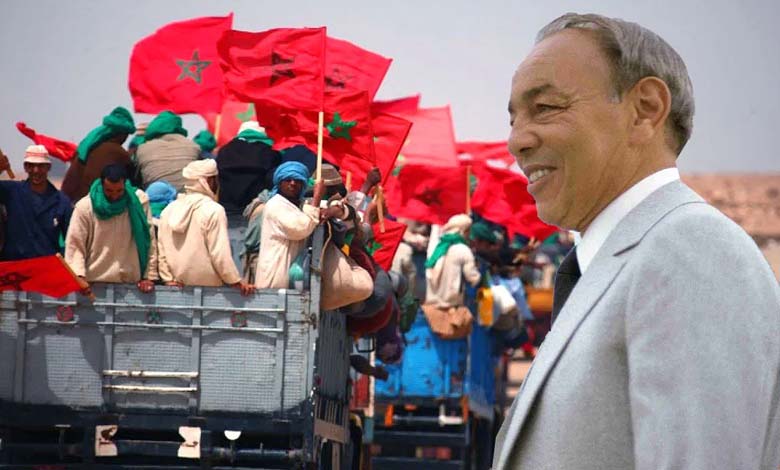
The Moroccan Sahara has never been merely a matter of borders. It is an issue of sovereignty, national existence, and the future of a nation. From the forebears to contemporary leaders, Morocco has woven the threads of its territorial unity with steadfast determination and a continuous vision. After the late King Hassan II led the Green March on November 6, 1975, reclaiming the southern provinces peacefully, his successor, King Mohammed VI, undertook the task of consolidating that unity and solidifying it on the ground.
Through an approach based on comprehensive development and calm diplomacy, the Moroccan Sahara has become a model of stability and prosperity. Morocco has succeeded in expanding international recognition of its sovereignty over its southern provinces and promoting autonomy as the sole solution to the artificially created Sahara conflict. The latest development, marked by the UN Security Council’s adoption of Morocco’s proposal, has ended separatist illusions and represented a decisive turning point, paving the way to close decades of conflict with the Polisario Front.
Morocco has thus completed the stages of its national march, from the liberation generation to the construction generation, demonstrating that territorial unity is not a historical incident but a continuous project inherited by generations to defend the land, identity, and future.
On November 6, Moroccans will celebrate the fiftieth anniversary of the Green March, an event that transformed national history and symbolized a rare moment of unity between the Throne and the people, marking the beginning of a new phase in the struggle to complete territorial unity and build a renewed Morocco. Half a century ago, King Hassan II designed an unprecedented peaceful march to reclaim the southern provinces, turning this initiative into a historic milestone that shifted the country from the liberation phase to development and construction.
On November 6, 1975, 350,000 Moroccans from across the kingdom marched toward the Moroccan Sahara, carrying the Quran and national flags instead of weapons. This march, following the International Court of Justice’s October 16 decision affirming the legal ties and allegiance between Saharan tribes and the Moroccan Sultanate, embodied a national consensus on Morocco’s historical legitimacy and sent a message to the world: reclaiming the southern provinces is achieved through faith and unity, not force or violence.
Since that day, the Green March has become a lasting symbol in Moroccan memory and an inspiration for the ongoing national march toward development and dignity. After achieving territorial unity, King Hassan II launched a comprehensive effort to build state institutions in the recovered provinces, focusing on security, stability, and infrastructure, including roads, ports, hospitals, and schools. He also promoted national reconciliation through the “Al-Watan Ghafoor Rahim” initiative, opening the door to moving from conflict to political solutions.
In the 1990s, Morocco entered a new phase of political and economic modernization, establishing the foundations for regionalization and local development, with the southern provinces at the heart of the strategic vision. The march thus took on a new dimension: from liberation to development, from reclaiming land to anchoring human presence and strengthening belonging.
With King Mohammed VI’s accession to the throne in 1999, the Sahara file entered a clearer, forward-looking phase. The question of territorial unity became an absolute national priority, not only as a matter of sovereignty but as the essence of Moroccan identity and national unity.
In 2007, Morocco presented its autonomy initiative to the United Nations under its sovereignty, presenting it as a realistic and credible political solution, receiving growing international support and establishing the Kingdom as a serious and responsible partner in seeking a final resolution to the artificially created conflict.
While the Green March represents the historical culmination of the Moroccan people’s struggle to reclaim their land, recent decades reflect the apex of a calm, pragmatic diplomacy led by King Mohammed VI, successfully dismantling separatist claims, exposing their contradictions, and nullifying the illusions of the Polisario Front and its Algerian sponsor. The King has laid the foundations of pragmatic and realistic diplomacy, rooted in historical and legal legitimacy, convinced that development and prosperity on the ground outweigh slogans and maneuvers.
Through regional cooperation and a “win-win” approach, Morocco has redefined the dynamics of the artificially created Sahara conflict, making the 2007 autonomy initiative the only internationally recognized framework for a practical and realistic solution. The United Nations and the Security Council now consider this initiative the credible and reliable basis for any political settlement, given the other parties’ inability to present serious alternatives.
Simultaneously, Morocco has consolidated comprehensive development in its southern provinces. In 2015, King Mohammed VI launched the New Development Model from Laâyoune, with a budget of 85 billion dirhams, aiming to transform the Sahara into an integrated economic hub and an open space for African and international investment. Major projects included the Dakhla Atlantic Port, the Tiznit–Dakhla highway, desalination and renewable energy plants, industrial zones, and modern university centers.
Thanks to this approach, the cities of the Moroccan Sahara have become modern, vibrant spaces where large infrastructure projects intersect with social and cultural initiatives, providing Sahrawi populations with dignified living conditions and active participation in national development.
Diplomatically, Morocco has witnessed a qualitative leap over the past five years, with successive international recognitions of the Moroccan Sahara by major powers: the United States in 2020, Spain in 2022, France in 2024, and the United Kingdom in 2025. Around thirty consulates have opened in Laâyoune and Dakhla, representing African, Arab, and Latin American countries, confirming growing international support for Morocco’s Sahara and its pragmatic approach.
In 2023, Morocco strengthened its continental presence through the Royal Atlantic Initiative, aimed at connecting West African countries to the Atlantic Ocean and transforming Morocco’s Atlantic coast into an economic integration hub linking Africa to Europe and the Americas. This strategic vision reflects the spirit of the Green March in African and international dimensions, turning geography into a bridge for shared development rather than a conflict boundary.
Thus, from the first march led by Hassan II in the name of the homeland and unity to the “march of calm diplomacy and continuous development” led by Mohammed VI, Morocco continues its journey from forebears to heirs, linking a glorious past to an ambitious present. The fiftieth anniversary is not merely a celebration of a historic national event but a reflection on the path of a nation that made territorial unity the cornerstone of its identity and pragmatic politics the foundation of its diplomatic power.
The Green March did not end on November 6, 1975; it continues in new forms today. After liberating the land came the time to consolidate international legitimacy and comprehensive development. By combining historical legitimacy, developmental success, and diplomatic acumen, Morocco has anchored its national cause in the international consciousness, dispelled separatist illusions, and demonstrated that the Moroccan Sahara is a matter of national existence and the future of the nation.


